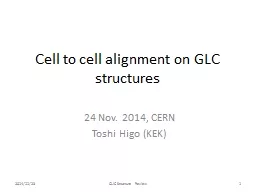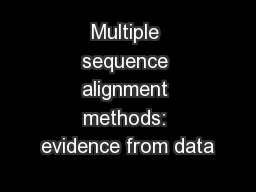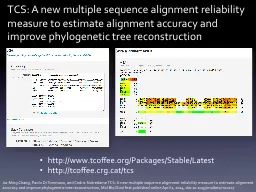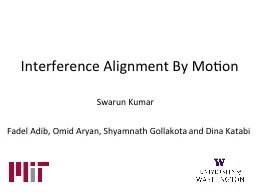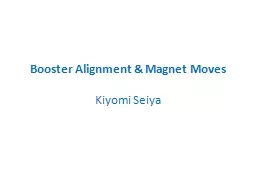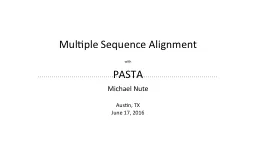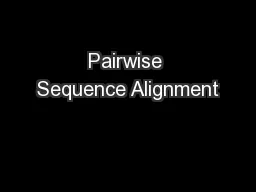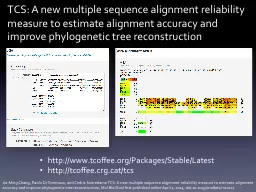PPT-Cell to cell alignment on GLC structures
Author : laobeast | Published Date : 2020-07-01
24 Nov 2014 CERN Toshi Higo KEK 20141123 CLIC Structure Review 1 Contents Transition from GLCNLC to CLIC Alignment target Alignment mechanism M achining S tackingassembly
Presentation Embed Code
Download Presentation
Download Presentation The PPT/PDF document "Cell to cell alignment on GLC structures" is the property of its rightful owner. Permission is granted to download and print the materials on this website for personal, non-commercial use only, and to display it on your personal computer provided you do not modify the materials and that you retain all copyright notices contained in the materials. By downloading content from our website, you accept the terms of this agreement.
Cell to cell alignment on GLC structures: Transcript
Download Rules Of Document
"Cell to cell alignment on GLC structures"The content belongs to its owner. You may download and print it for personal use, without modification, and keep all copyright notices. By downloading, you agree to these terms.
Related Documents

